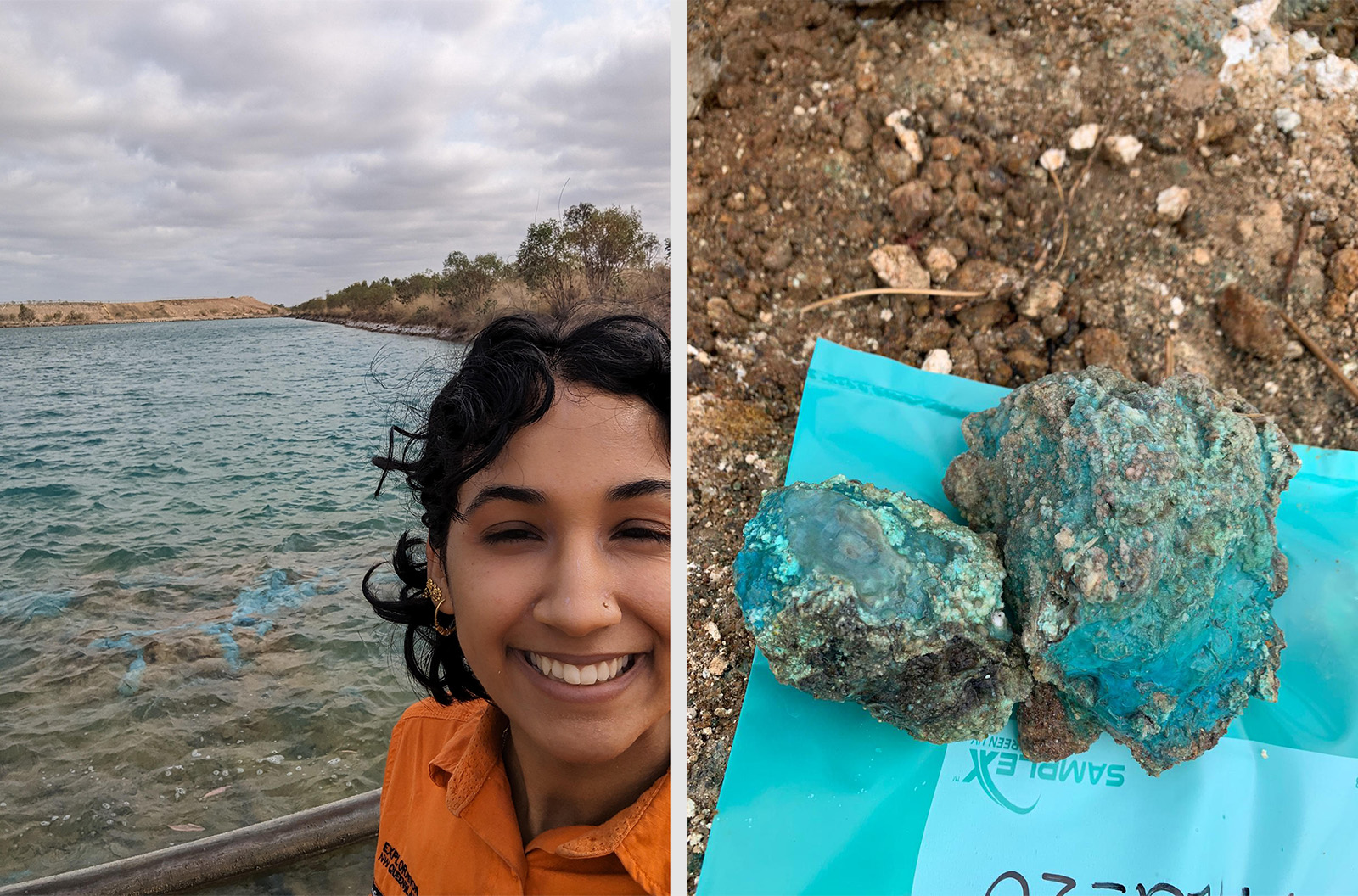Tailing Nuggets: Charters Towers’ second Gold Rush?
Earlier this year members of the MIWATCH team visited the Charters Towers region to sample mining tailings and waste rocks from Rishton and Chariah abandoned mines. With the promising lab results recorded by samples from these sites, it was only natural for MIWATCH to explore the area further.
At the start of November Dr Kam Bhowany, Rosie Blannin, Dr Allan Gomes and myself headed to Rishton and Thalanga for a week. This was my first field trip with the MIWATCH team, and I will admit, I did not know what to expect beforehand, but it shaped to be a very rewarding week for me.
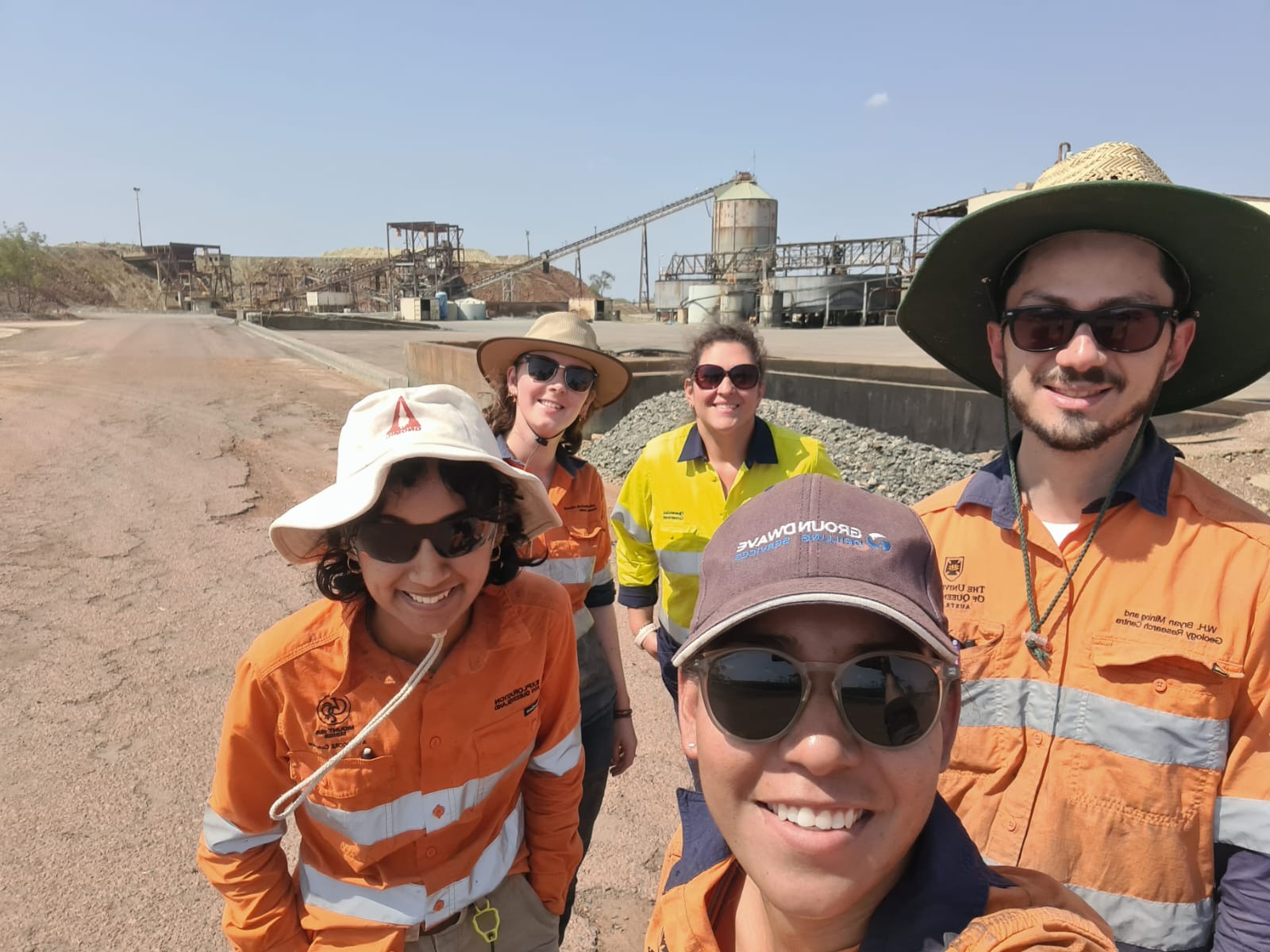
The Thalanga deposit is located approximately 65 km SW of Charters Towers in NW QLD. It is a volcanic-hosted massive sulphide Zn-Pb-Cu-Ag-Au deposit hosted within the Cambrian-Ordovician Seventy Mile Range Group. The Thalanga mine site is where we spent most of the week collecting samples using a mixed method approach to eventually characterise the mineral and chemical composition of the mine waste to determine the possibility of potential hidden critical metals. Is there potential for a second gold rush in the Charters Towers region?
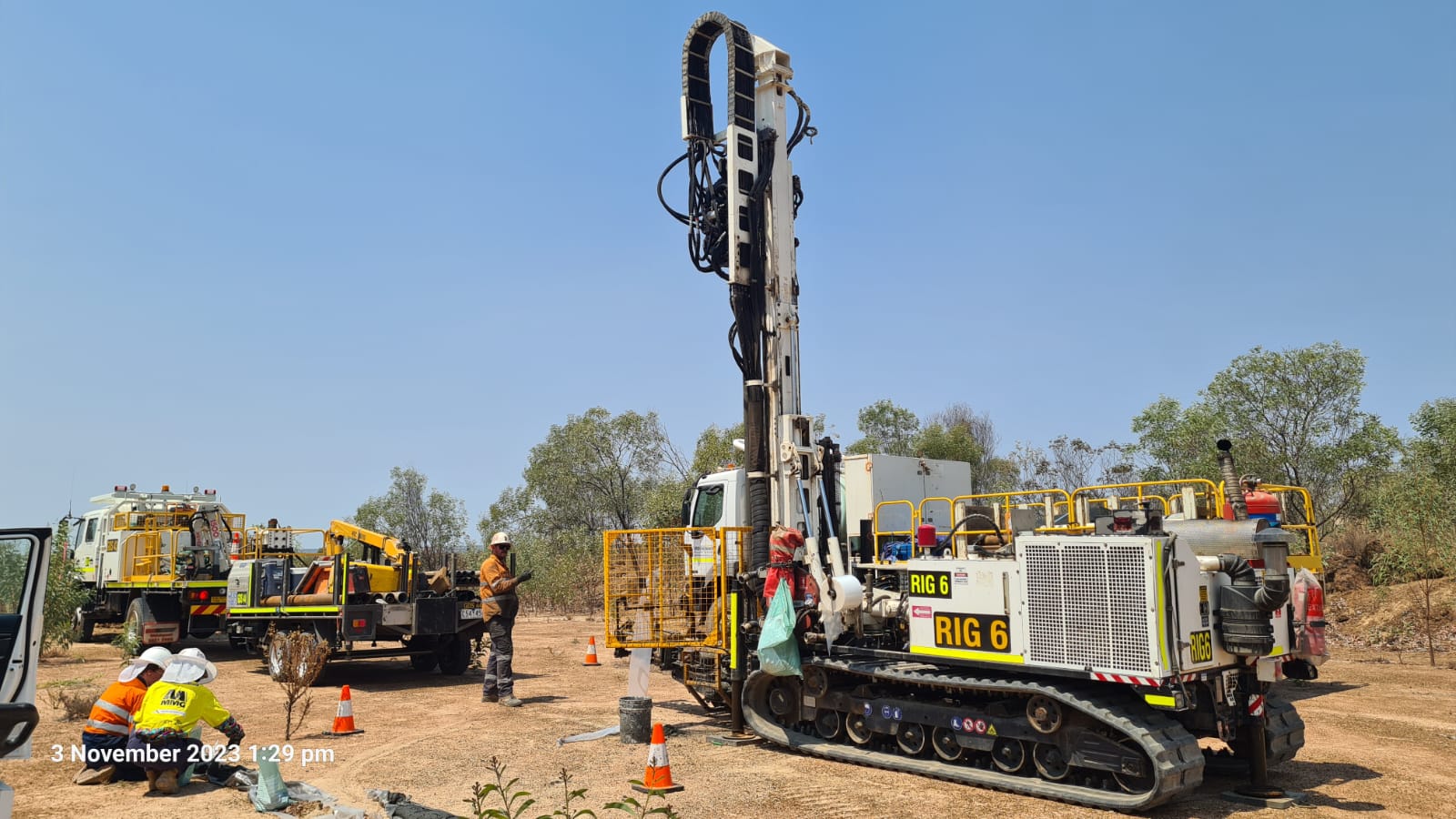
The team spent the week taking grab samples of the waste rock, hand augering tailings and sampling tailings drilled by a sonic drill rig from the older tailing cells. This was my first-time spending time on a sonic drill rig, and it was definitely an experience, a bit different from an exploration diamond drill rig! The rig uses high frequency vibrations to advance the drill string into the subsurface, producing continuous tailing samples contained in a plastic sleeve, or what we called “tailing sausages”. This field trip also marked my firsthand augering experience, so a week filled with many mine waste sampling firsts for me!
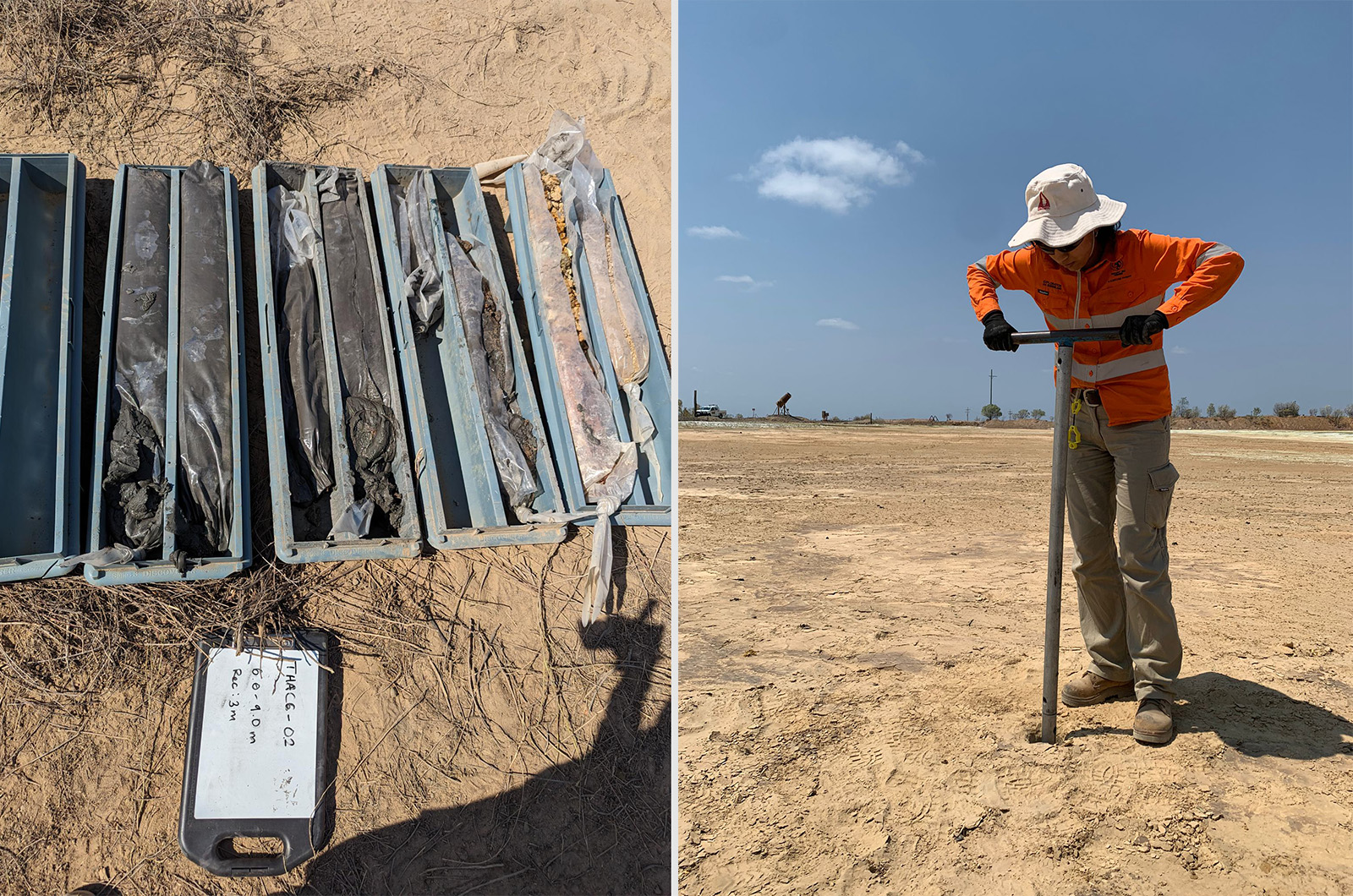
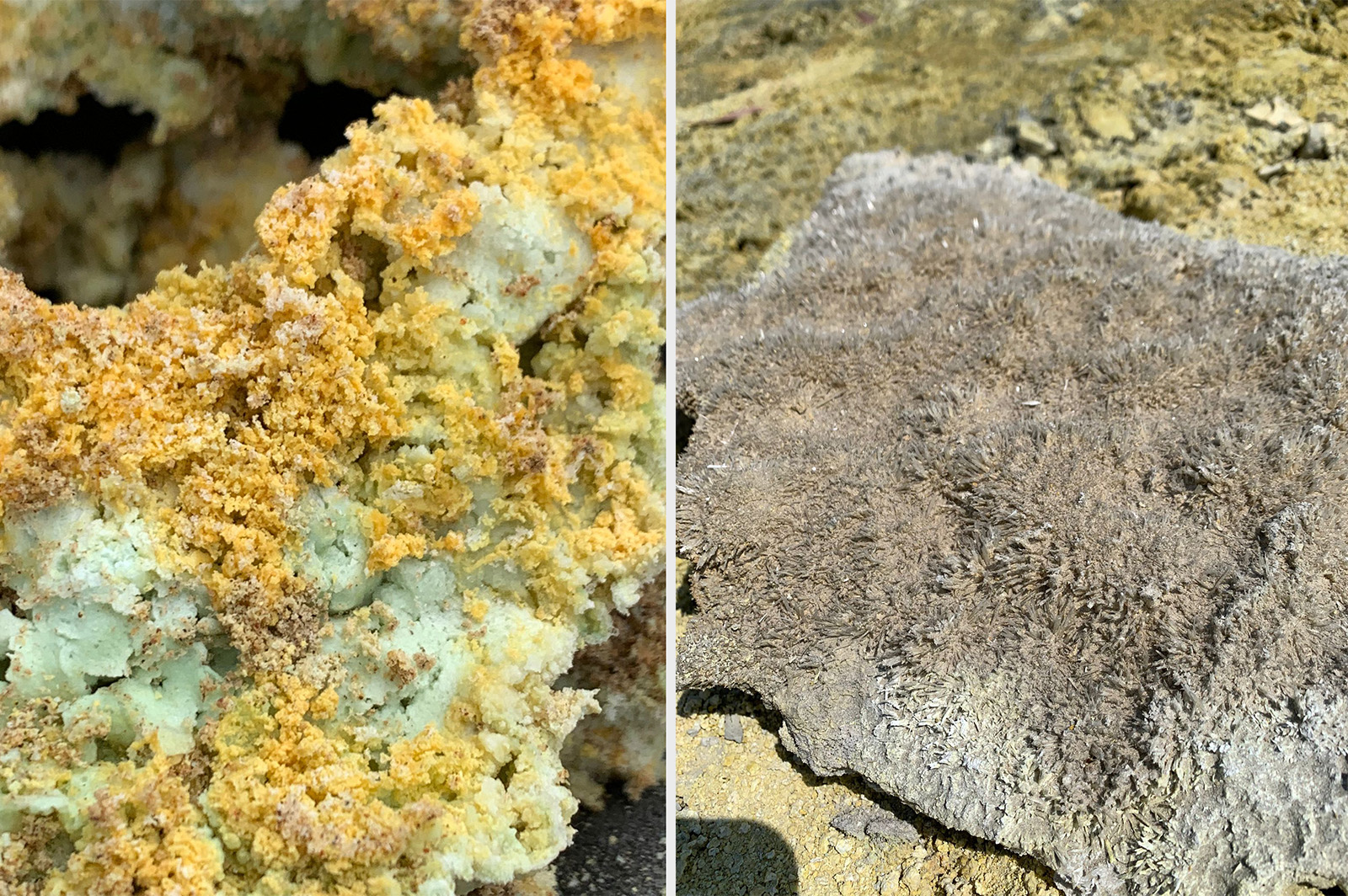
By the end of the week the team had collected over 40 grab samples and over 80 hand augered and drilled tailing samples, all packed and ready for analysis in 20 litre buckets. I have a feeling we set some kind of record at the Charters Towers Mitre 10 for the number of 20 litre buckets we bought from them!
The grab samples across the site showed interesting variation with some samples containing sulphide-quartz-carbonate veins, others that had a dark red iron staining throughout and some rocks that contained malachite-carbonate rich inclusions. Similarly, the tailings did not disappoint with drilled samples showing visible changes downhole in the quantity of fine-grained pyrite, the consistency of the drilled tailings and the variation in colour of the capping material across the tailing cells.
As this was my first sampling field trip with the MIWATCH team, I am now excitedly anticipating the geochemical assay results produced by the waste rocks and tailings.
